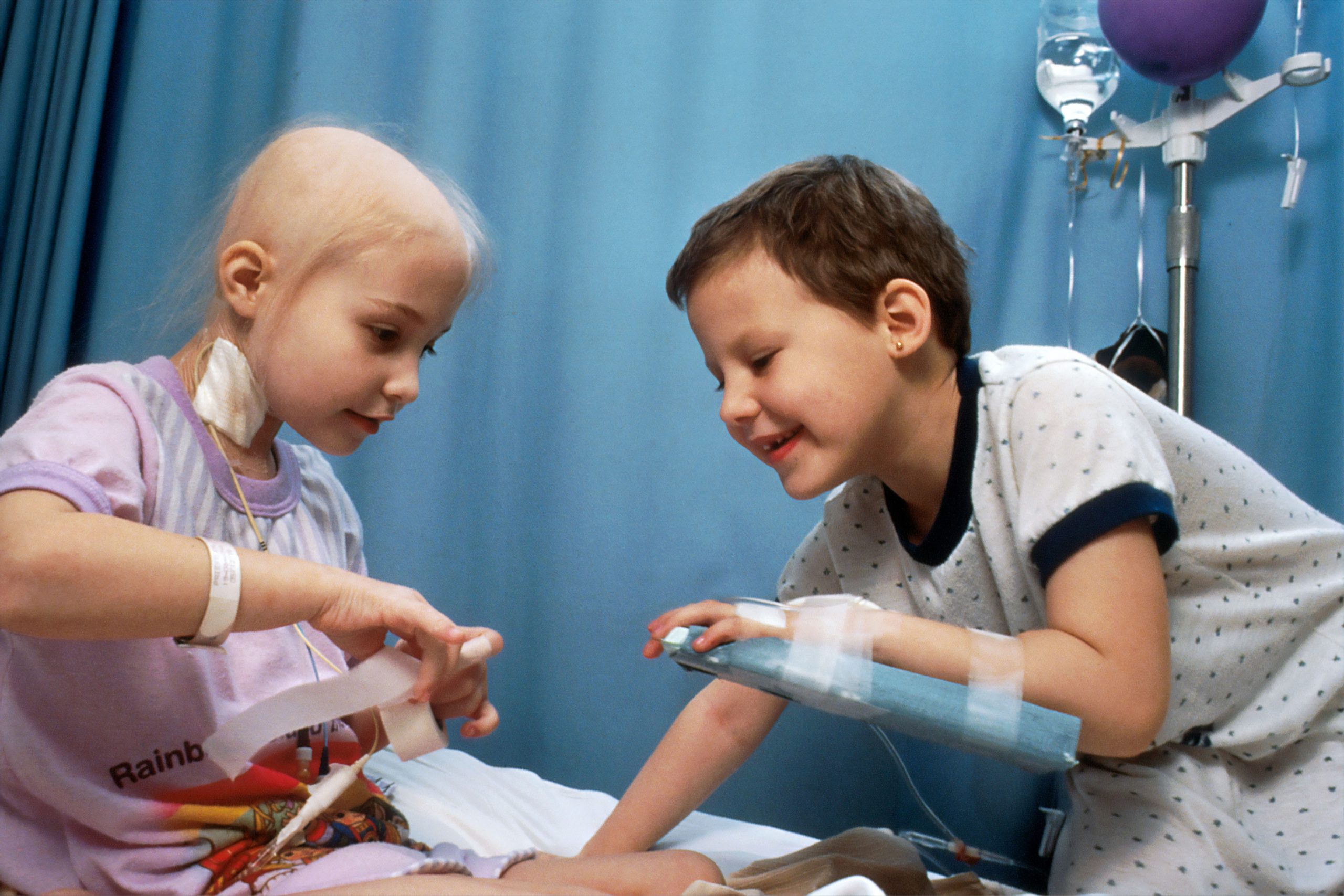According to recent research, children in intensive care units (ICUs) benefited physiologically and emotionally after participating in a storytelling study.
Also Read | Fat or slim, fatty heart can impact anyone. Here’s how to avoid it
“During storytelling, something called ‘narrative transportation’ occurs. Through daydreaming, the child can experience sensations and ideas that take him or her to another world, one that is distinct from the hospital room and therefore free of the unpleasant hospital settings,” stated Guilherme Brockington, PhD, and the study’s primary author.
Humans have been telling stories since the dawn of time. Oral and written propagation of legends, religions, and societal norms have transcended millennia.
We all have stories to tell. Of our families, our jobs, and our life experiences.
Also Read | Narendra Modi praises Indian storytellers in the 69th edition of ‘Mann Ki Baat’
To explain things to ourselves and others, we use mythology, folklore, and TV show characters. To make sense of the world, we create internal narratives.
Being human requires the ability to tell stories. We can transmit knowledge via stories in a way that elicits an emotional response.
The most recent best-selling cinematographic screenplays and novels use the same mechanism to fascinate audiences: listening to a strong story is like moving from one reality to another.
This movement, which is fueled by imagination, has the potential to elicit empathy for events and individuals that vary, depending on how each person interprets them.
This reaction is similar to what critically hospitalised children feel when exposed to storytelling in their conditions, the study said.
Also Read | Bottoms up! Try these five detox water recipes to keep diabetes under check
The research was published in the Proceedings of the National Academy of Sciences, the US National Academy of Sciences’ official scientific publication.
The D’Or Institute for Research and Education (IDOR) and the Federal University of ABC (UFABC) collaborated on it. Guilherme Brockington, PhD, of UFABC, and Jorge Moll, MD, PhD, of IDOR, conducted the research.
“Until now, the positive evidence for storytelling was based on ‘common sense’ and taken at face value, in which interacting with the child may distract, entertain and alleviate psychological suffering. But there was a lack of a solid scientific basis, especially with regard to underlying physiological mechanisms,” explained Dr Moll.
Also Read | How to help the elderly deal with COVID-induced anxiety
The study’s scientists came up with the idea of obtaining empirical evidence based on the psychological and biological processes that occur during and after listening to a story to document the effects of storytelling on critically hospitalised children.
Despite the fact that storytelling is already being used in many children hospitals, this is the first time there is solid proof of its physiological and psychological effects.
This leads to the activity’s perception as a cost-efficient and effective treatment strategy that may significantly improve the quality of life for children in critical care units.
A story’s most vital job, whether it’s to impart crucial information, create a shared experience, or foster community relationships, is to remind us that we are not alone in the world.
Stories that include a lesson or a reminder show us that this problem has been encountered before.
Also Read | 5 best party cocktails to keep you company these summer nights
Regardless of our differences, the connections we form via stories provide us with the enormous satisfaction of knowing that “I’m not the only one who feels this way.”
Real or fictionalized accounts of other people’s lives let us recognise that everyone has thoughts, fears, and dreams — and that everyone is doing their hardest to find their place in the world.







